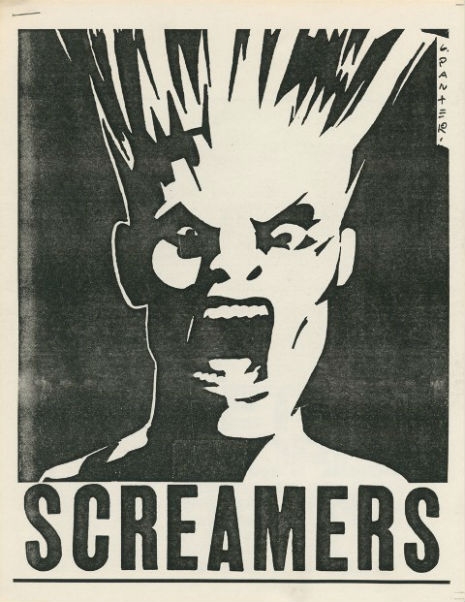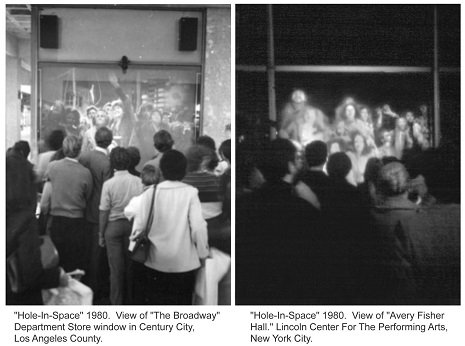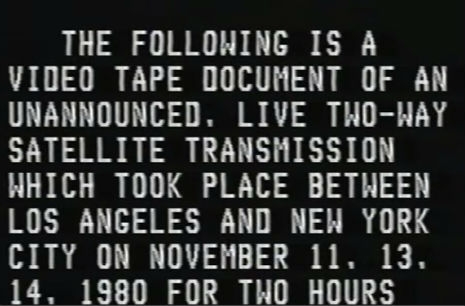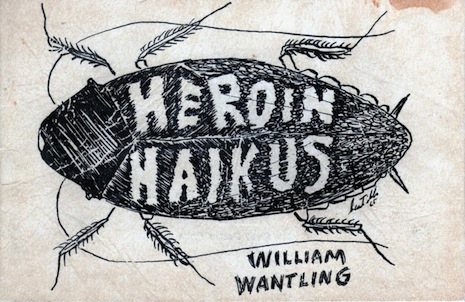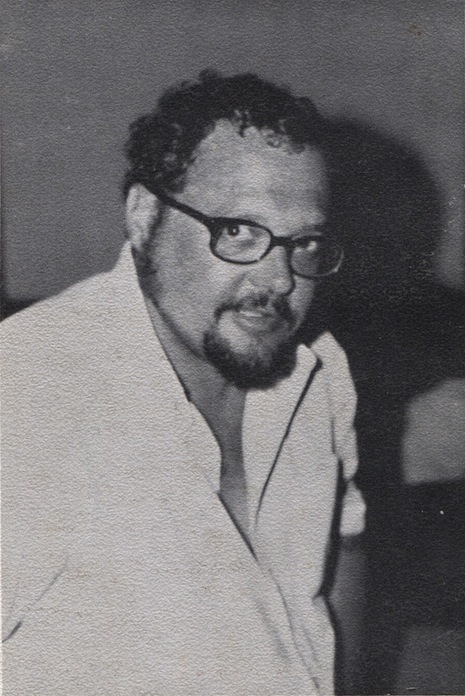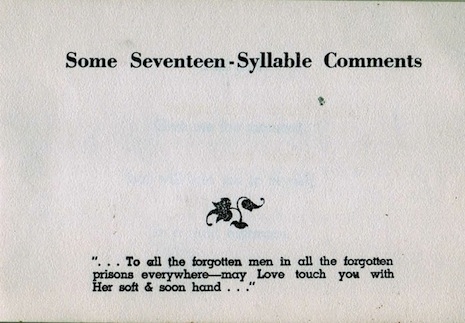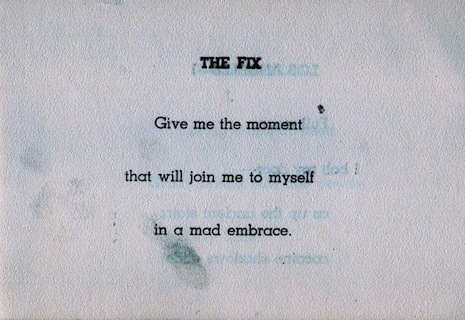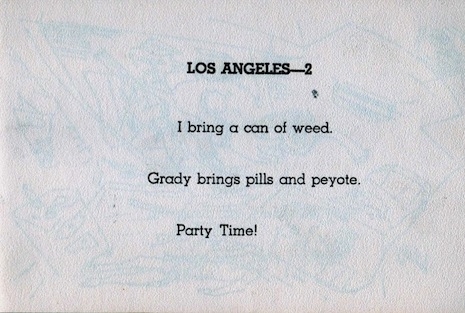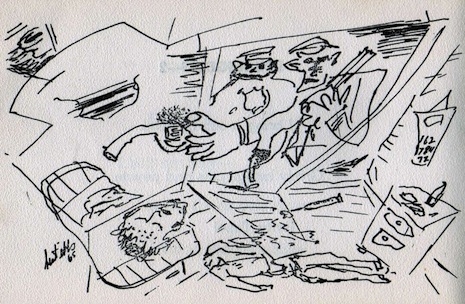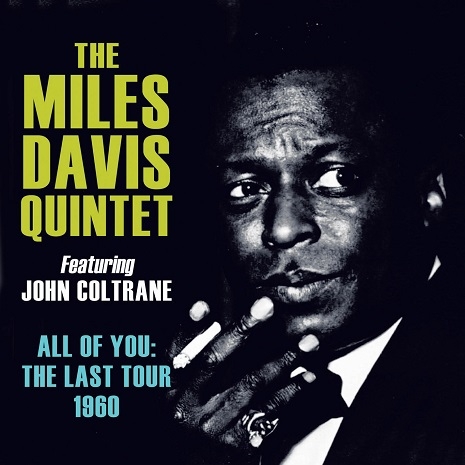
In 1955, Miles Davis hired an up-and-coming musician named John Coltrane to play in his group. Over the next couple of years, the team-up produced some incredible music, but the personal relationship between the trumpeter/leader and the saxophonist was never steady. Backstage at a gig in the spring of 1957, Miles slapped Coltrane and then punched him in the stomach; Trane’s only response was to quit the band.
Coltrane returned to join Davis’ sextet later in the year, but during that short time away he had continued to make a name for himself as a group member, bandleader and recording artist in his own right. Trane played on Miles’ Kind of Blue (1959), now considered one of the cornerstones of the jazz genre, and accompanied Davis on a European tour in 1960, but mentally he was focused on his own music. Miles later admitted Coltrane “was ready to move out before we left.”

The spring 1960 European tour was spread out over twenty cities in nine countries. The new boxed set, All of You: The Last Tour, 1960 includes recordings from eight of those performances. Though the Quintet sounds fantastic as a unit, Coltrane’s solos are so unusual they caused quite a stir at the time. Kind of Blue is a lovely record that is also easy on the ears, but Trane was doing his best to make this music sound ugly.
Journalist Frank Tenot witnessed the first show of the tour in Paris: “People were very surprised why there was no John Coltrane like on Kind of Blue. So, part of the audience thinks that Coltrane doesn’t play too well, that he was playing the wrong notes, involuntarily.” Tenot went backstage after the show to tell the saxophonist, “You’re too new for the people… you go too far.” Coltrane just smiled and said, “I don’t go far enough.”
Other critics who witnessed the shows wished that Trane had held back. One reporter called his solos “scandalous,” and wrote that they “bore no relationship whatsoever with playing the saxophone.” Another writer was so horrified he equated Coltrane’s solos with the very concept of “terror.”

As the leader, Davis takes the first solo during every song on these recordings, and as much as I dig Miles—his solo turns are as interesting and as exquisite as ever—after a couple of tracks, I found myself waiting for Coltrane to step up and blow me away. And he would do just that. Every time. It’s fascinating to hear him push the material—and thus, the band—especially as this was Miles’ group, not his. The fact that we now know he had mentally moved on from his role with Davis, as well as facing negative reactions to his output, only makes listening to these tracks all the more absorbing.
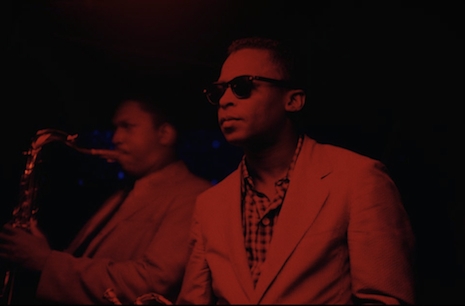
The Miles Davis Quintet returned to the states on April 11th, and it wouldn’t be long before Coltrane would make his exit. By then, Trane had made a name for himself and was well on his to becoming one of the titans of jazz.
_465x450_465_450_int.jpg)
Some of the recordings on the boxed set are taken from radio broadcasts, while others were captured privately by audience members. Initially, my expectations were somewhat low as far as the fidelity of these live tapes—which date from over a half century ago—but aside from a couple of muddy sounding tracks and occasional issues with how the musicians were mic’d, the sound quality ranges from very good to surprisingly great. Hear for yourself, as we have an exclusive preview track, an up tempo version of “So What,” recorded in Stockholm, Sweden on March 22nd, 1960. The faster beat and Trane’s dissonant solo result in something excitingly different than the subdued mood created for the familiar Kind of Blue version. Enjoy.
All of You: The Last Tour, 1960 will be released on December 2nd.
Here’s a 1959 TV clip of “So What” played at a pace that more closely resembles the one found on Kind of Blue, but with Coltrane beginning to stretch, feeling his way towards the type of solos he would play on his final tour with Miles:
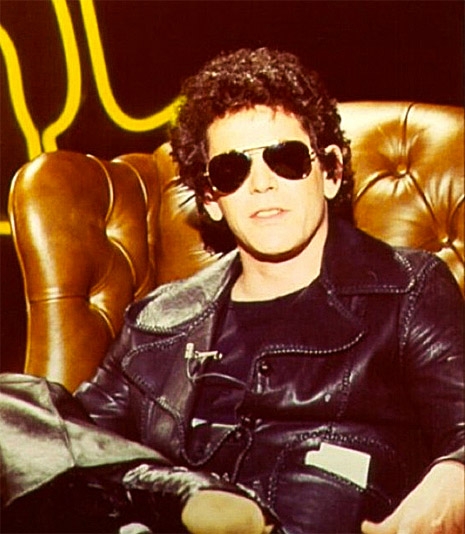








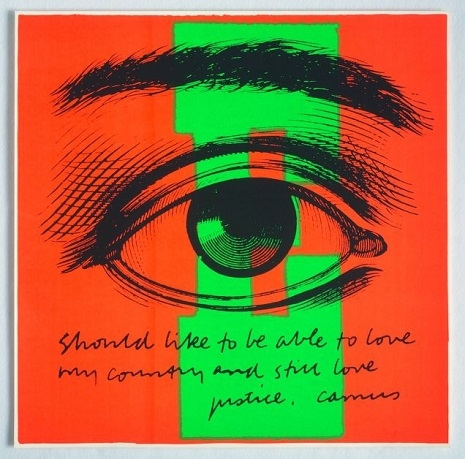



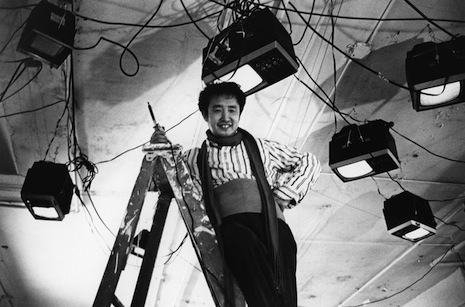
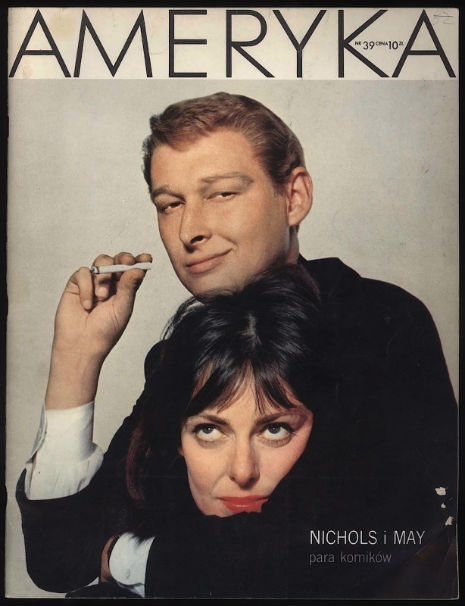

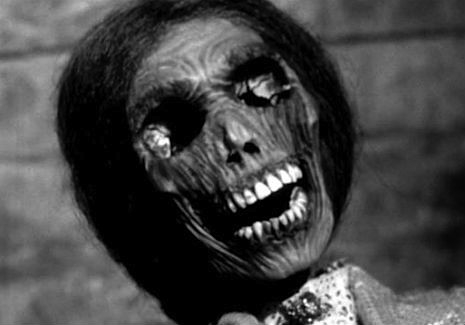






_465x450_465_450_int.jpg)
